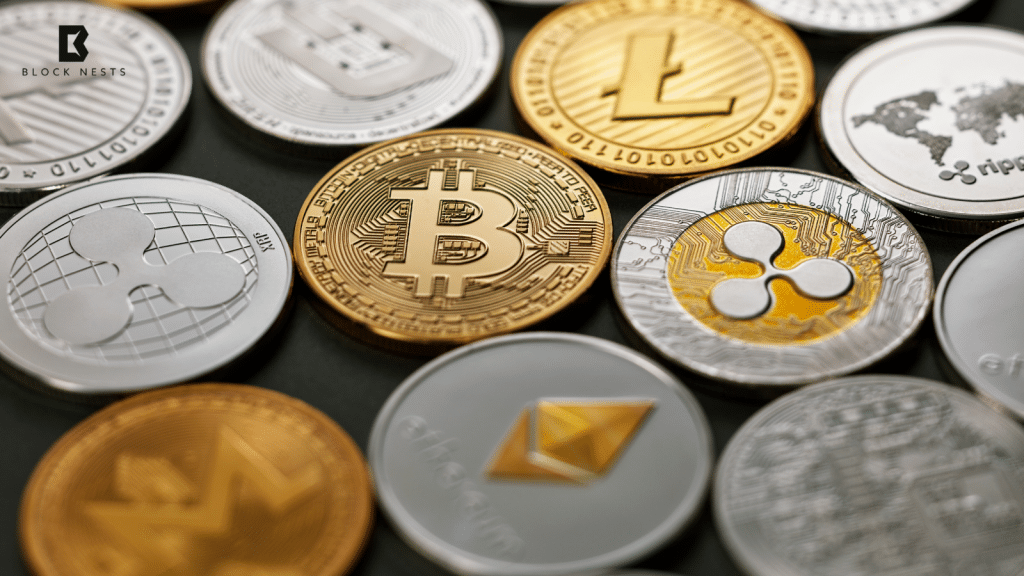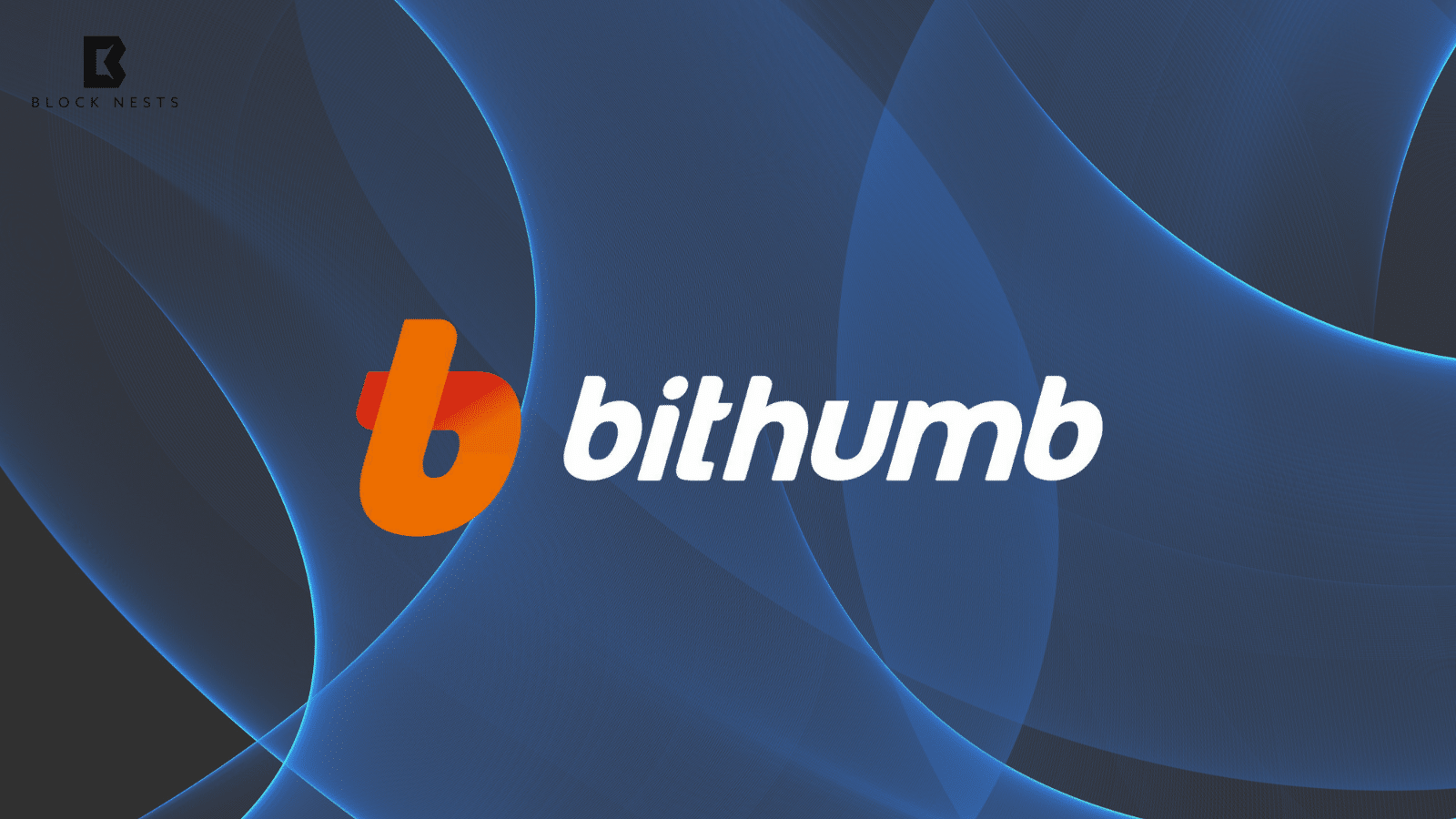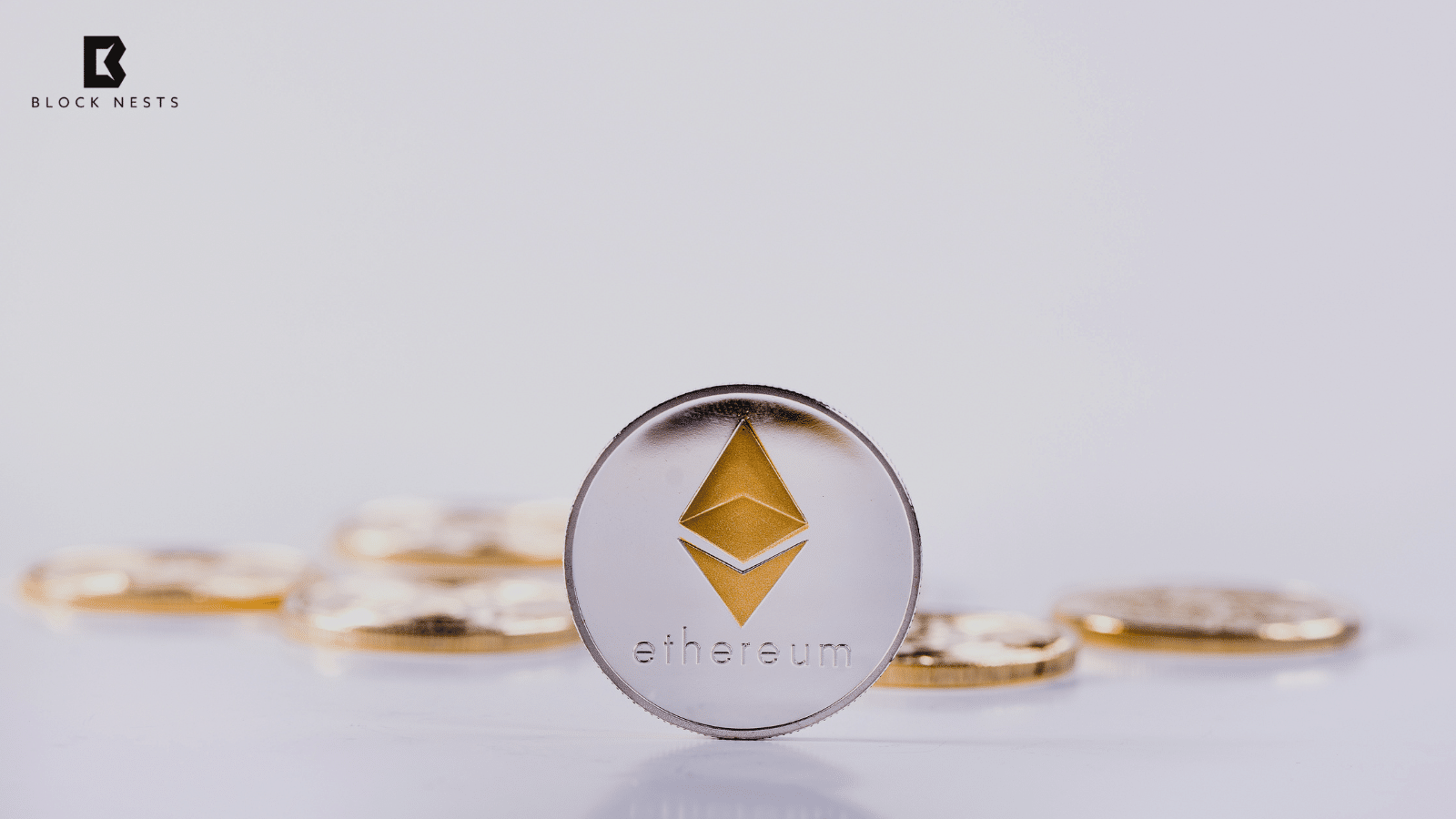- Banks are now imposing new barriers on crypto and fintech firms through hidden fees and access restrictions.
- A16z’s Alex Rampell calls this new strategy “Chokepoint 3.0,” claiming it aims to crush emerging competitors.
- While old government crackdowns are over, powerful banks now use their own tactics to dominate digital finance.
After years of pressure from Washington, the federal effort to deplatform crypto firms appears to have cooled. But something new is unfolding. Big banks, once playing defense, are now on the offensive. The target? Fintech and crypto companies that are gaining ground with younger, digital-first customers.
Rather than lobbying for bans or regulatory blocks, these banks adopt an entirely different approach. They are charging steep fees to send money to exchanges like Coinbase or Robinhood. They are slowing up data sharing and limiting app connections. Behind this initiative lies an obvious impetus: control.
JPMorgan Tactics Make Crypto Transfers Costly
JPMorgan Chase leads this quiet initiative. Its market cap exceeds $800 billion, so it does not need supplemental revenue from payment transferring fees. But it has no desire to see the flow of money from traditional banks persist. In the event that a customer transfers money to some cheaper lending app or buys crypto elsewhere, losses are experienced by JPMorgan both monetarily and in terms of attention.
By raising transfer fees or making access to basic banking data restricted, banks make substitutes more expensive or less convenient to utilize. In certain instances, the “data” thus made unavailable consists of nothing more than an account and routing code, the same data stamped upon a paper check. This is how simple this is and yet banks want to monetize it.
If sending $100 via a trading app incurs $10 in fees, fewer clients will take the trouble. If taking one of those lower-rate fintech loans incurs additional fees or wait times, consumers may as well take an inferior bank loan. Scale this friction over millions of consumers, and the competition for fintech begins to disintegrate.
Banks Limit App Access Despite Consumer Data Rights
There’s a law to stop this. Section 1033 of the Dodd-Frank Act gives each consumer the right to access his or her own financial data. The law stays on the books. The Consumer Financial Protection Bureau has authority to oversee enforcement of it. But enforcement isn’t enough if big players get resourceful at slowing or charging access.
The issue is greater than just banks not co-operating. Some are supposedly limiting particular apps they don’t like. Should enough banks take up this trend, there will be no real options for consumers. You cannot easily switch banks, and it may take years to get new banking licenses. In most cases, consumers are stuck.
This isn’t a matter of policy. This is a moment of choice. Depending on whether innovation catches hold or falters in finance may hinge on whether powerful incumbents are allowed torewrite the rules of competition, one fee at a time, one prohibited app at a time, and one foregone choice at a time.
Related Reading: Strategy Sets New Bitcoin KPI Records with $13.2B YTD Gain in 2025
How would you rate your experience?






